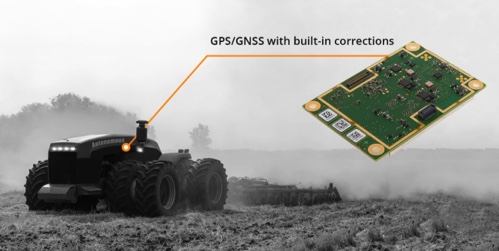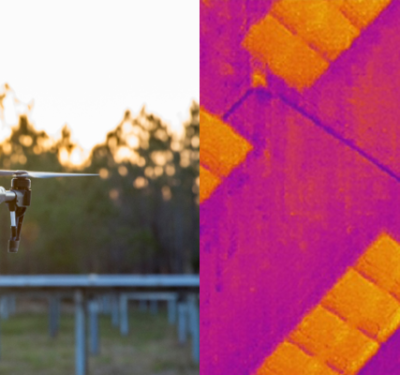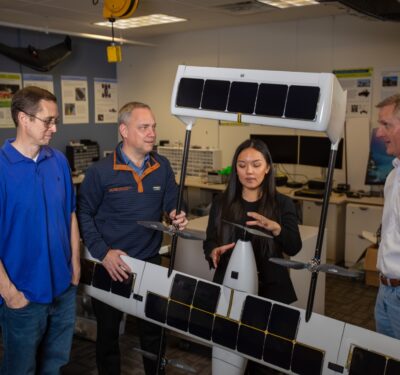 Septentrio unveils AsteRx-m2 Sx, a first-of-a-kind GPS/GNSS receiver offering always-on sub-decimeter accuracy without the need for additional correction service subscriptions
Septentrio unveils AsteRx-m2 Sx, a first-of-a-kind GPS/GNSS receiver offering always-on sub-decimeter accuracy without the need for additional correction service subscriptions
Leuven, Belgium – June 22, 2020 – Septentrio, a leader in high-precision GNSS positioning solutions, announces today the launch of AsteRx-m2 Sx OEM board. With this GNSS* receiver Septentrio pioneers a novel approach to high-accuracy positioning. Septentrio’s latest core GNSS technology is integrated with a sub-decimeter correction service enabling simple plug-and-play positioning solutions. High-accuracy positioning is available directly out of the box as GNSS corrections are automatically streamed to the receiver. This significantly simplifies the user’s GNSS receiver set-up process and eliminates completely the hassle of corrections service subscription and maintenance.
“This product marks a new step for GNSS technology towards convenience and ease-of-use”, said Danilo Sabbatini, Product Manager at Septentrio. “By integrating the correction service directly into the GNSS receiver we are removing the hassle of positioning service set-up and maintenance from the user. This means faster set-up times for our customers and worry-free, always-on high accuracy positioning throughout the receiver lifetime.”
AsteRx-m2 Sx is an efficient positioning solution for small robots, aerial drones and automation applications. Its optimized Size, Weight and Power (SWaP) means longer operation on a single battery charge and better value in the field. Advanced anti-jamming technology AIM+ ensures robust and reliable operation in challenging environments even in the presence of RF interference, which can be caused by illegal devices called “jammers”.
AsteRx-m2 Sx offers lifelong** sub-decimeter accuracy with fast convergence time in US and Europe.
For more product details see www.septentrio.com/asterx-m2sx.
* Global Navigation Satellite System including the American GPS, European Galileo, Russian GLONASS, Chinese BeiDou, Japan’s QZSS and India’s NavIC. These satellite constellations broadcast positioning information to receivers which use it to calculate their absolute position.
**Typical lifetime is 5 years





